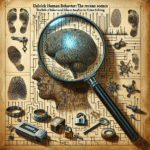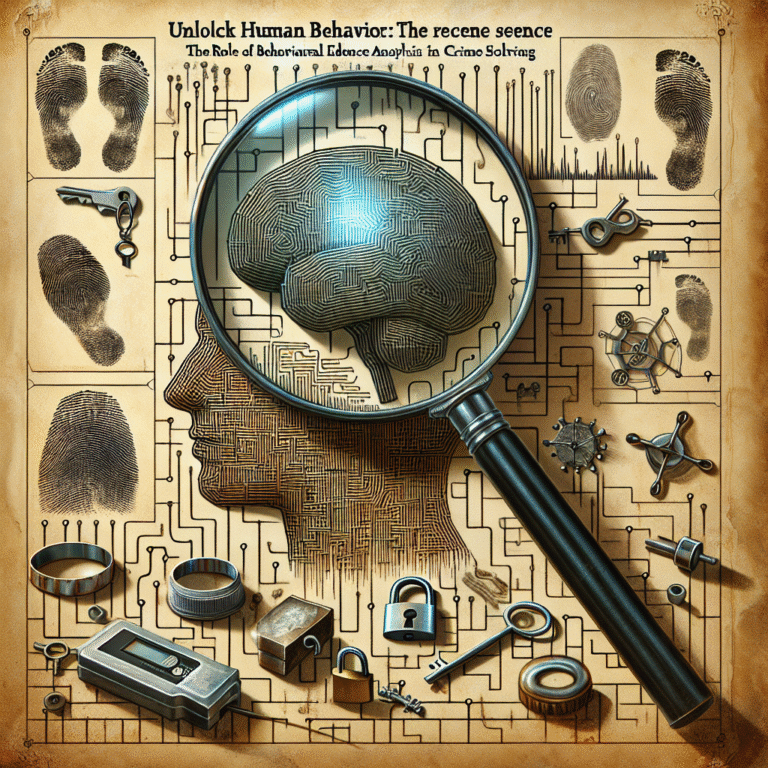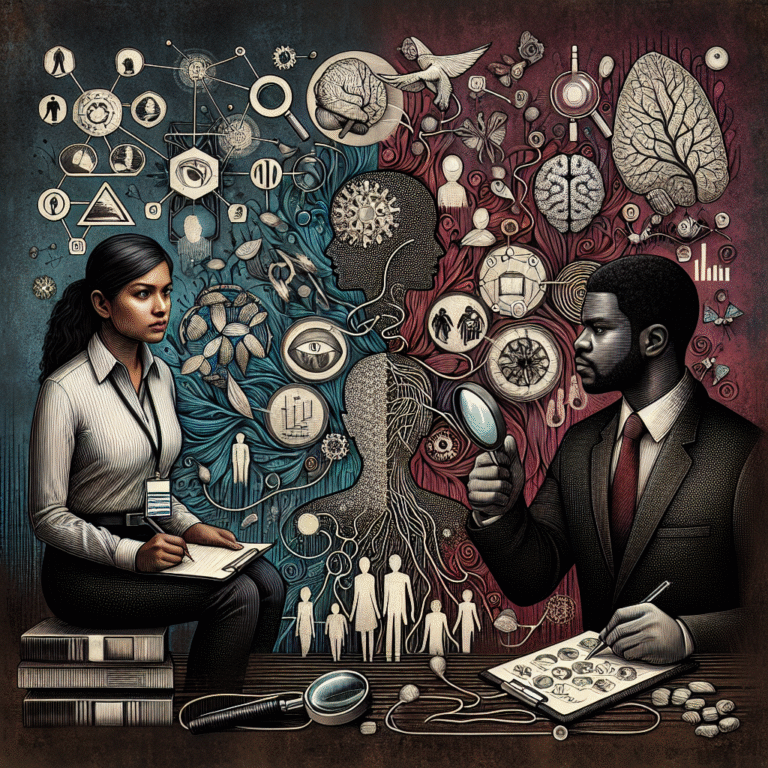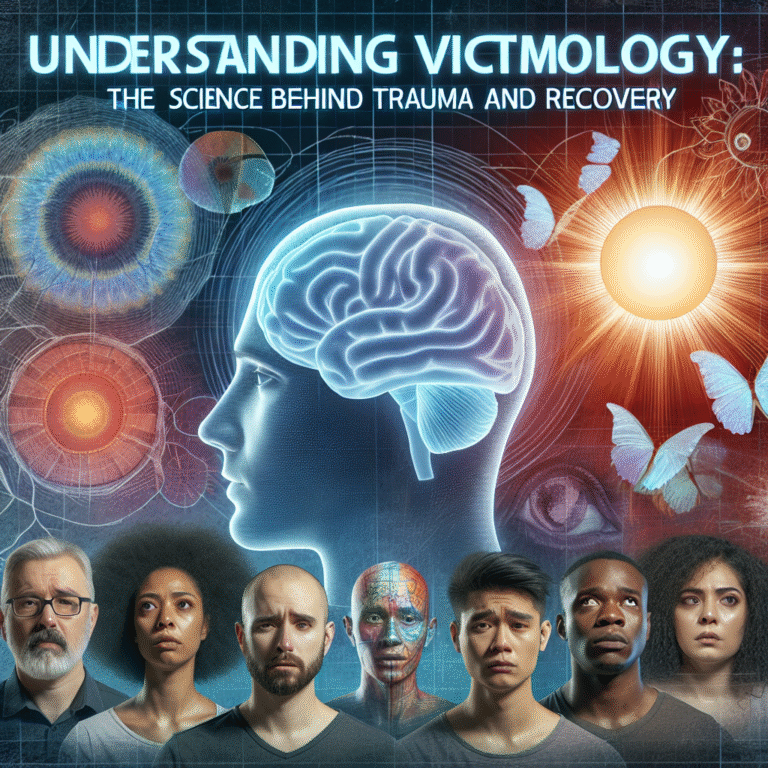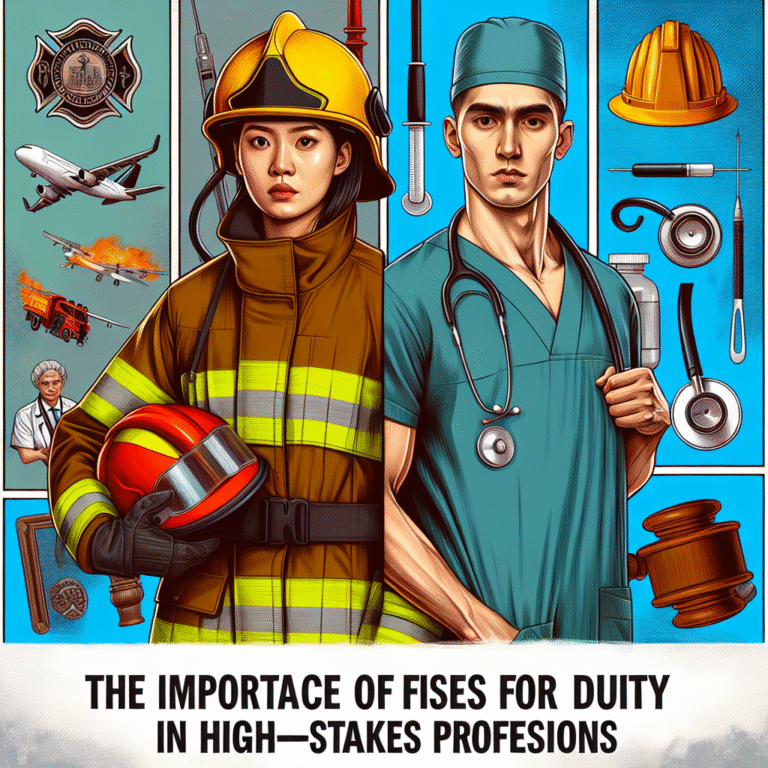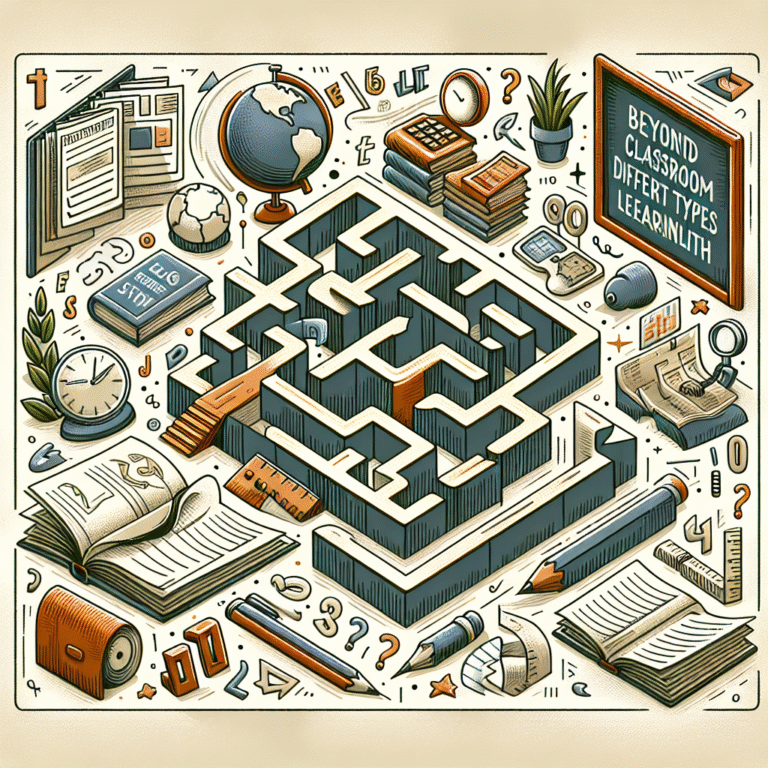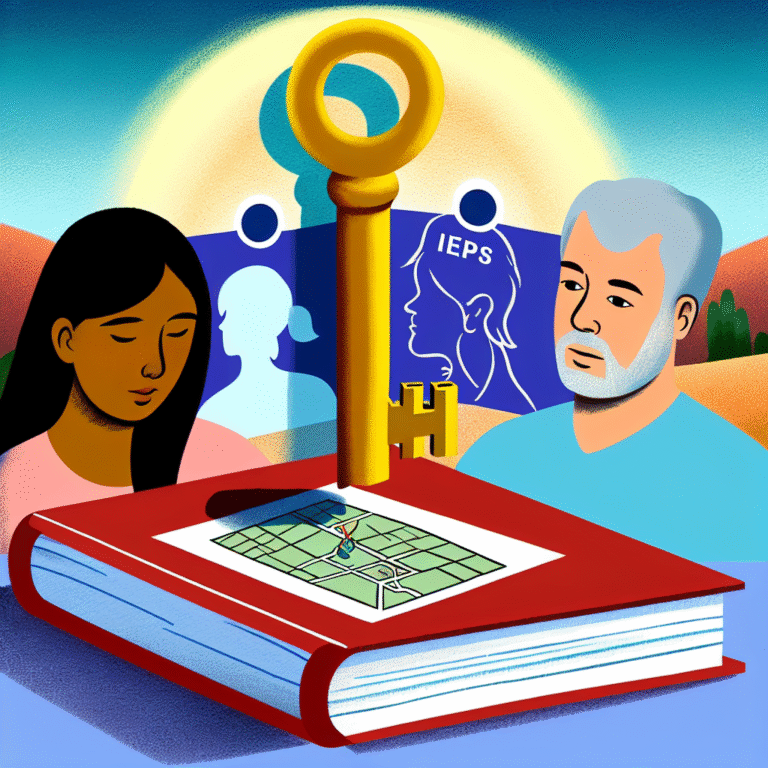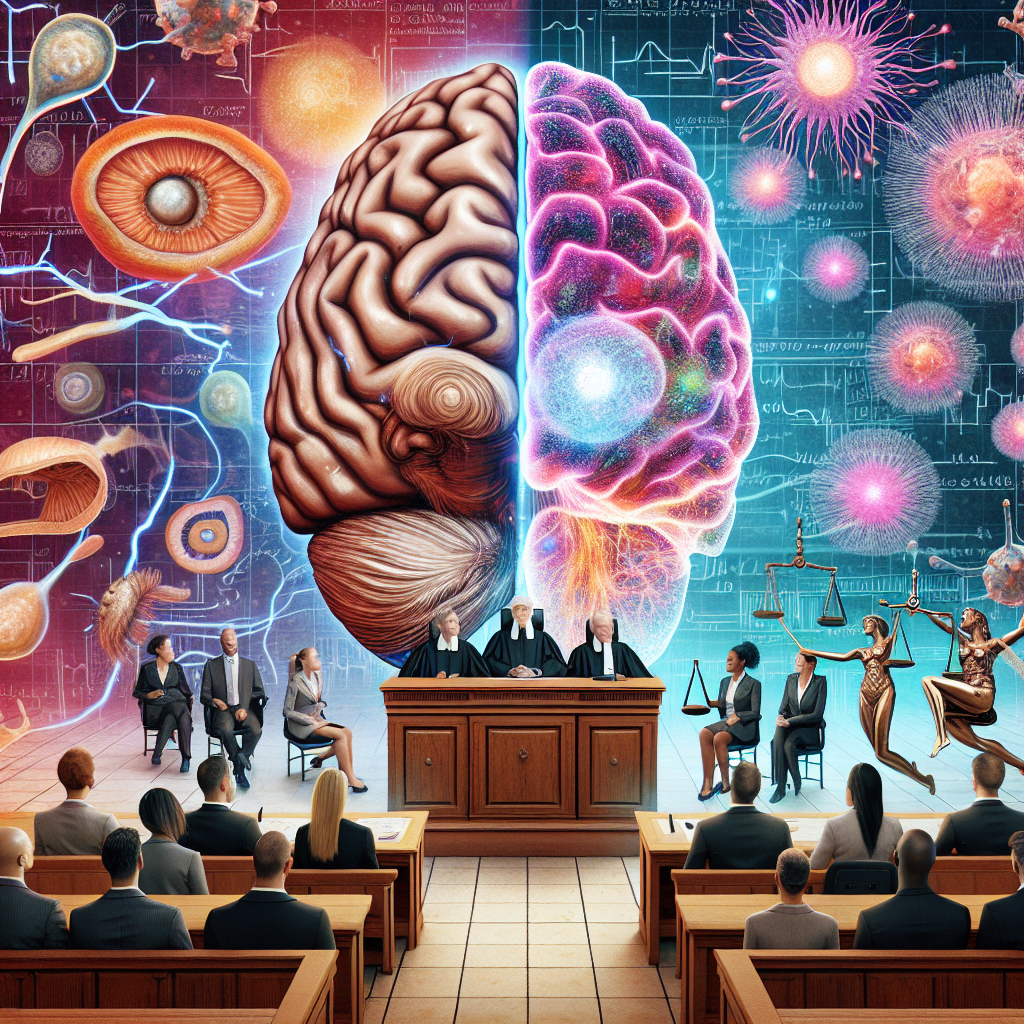
Introduction
In a world where the intersection of science and law is becoming increasingly relevant, the phrase "Brain Science Meets the Courtroom: Neuropsychological Insights in Legal Cases" emerges as a beacon of understanding. Imagine a courtroom where the immutable laws of human behavior are informed by the fascinating intricacies of the brain. As we dive deeper into the complexities of neuropsychology, the implications for legal proceedings are becoming profound. This article uncovers how brain science reshapes our understanding of culpability, competence, and the very nature of justice itself.
Understanding Neuropsychology in Legal Contexts
Neuropsychology examines the relationships between brain function and behavior, making it an indispensable tool in the legal arena. From assessing the cognitive abilities of defendants to understanding how memory works in eyewitness testimony, the insights provided by neuropsychological studies are altering traditional legal frameworks.
The Role of Brain Structure in Criminal Behavior
Understanding the brain’s anatomy offers crucial insights into criminal behavior. Certain structures, like the amygdala, are linked to emotional processing, and abnormalities can predispose individuals to aggressive behaviors. Research suggests that neuroimaging techniques, such as fMRI, can identify these anomalies, alleging a connection between brain structure and behavior.
Case Study: The Brain of a Criminal
Consider the infamous case of Jared Loughner, who was convicted for a mass shooting in Tucson, Arizona. Preceding his trial, neuropsychological assessments revealed significant abnormalities in his frontal lobe, which regulates decision-making and impulse control. This led to debates about his criminal responsibility and competency to stand trial, marking a pivotal moment where brain science met the courtroom.
The Impact of Trauma on Testimony
Traumatic experiences can significantly alter an individual’s cognitive functions. Researchers have identified how trauma affects memory formation and recall, emphasizing the unreliability of eyewitness accounts. Understanding mechanisms behind memory distortion empowers lawyers and judges to scrutinize testimonies critically.
Case Study: The Dangers of Eyewitness Testimony
The case of Jennifer Thompson illustrates these concepts well. Wrongly identifying the man who assaulted her led to years of wrongful imprisonment for Ronald Cotton. Subsequent studies into her trauma revealed that her memory was not just influenced by the incident but also by suggestive questioning techniques used by police. This highlights the importance of integrating neuropsychological findings with legal procedures to ensure justice.
Neuropsychological Assessments in the Courtroom
Neuropsychological assessments provide valuable insights into a defendant’s mental state. These evaluations can inform decisions regarding competency to stand trial, insanity defenses, and mitigation during sentencing.
Assessing Competency to Stand Trial
One of the most critical applications of neuropsychological insights is in determining a defendant’s competency to stand trial. Legal standards require defendants to understand the proceedings and have the ability to assist in their defense.
Case Study: The Case of John Hinckley Jr.
John Hinckley Jr. attempted to assassinate President Ronald Reagan. His subsequent trial brought attention to his mental health issues, which were confirmed through rigorous neuropsychological testing. The verdict of not guilty by reason of insanity ignited debates about the legal system’s treatment of mental illness, revealing how crucial brain science can be in legal judgments.
The Insanity Defense: A Complex Intersection
The insanity defense has long been a contentious issue in legal contexts. Neuropsychological evaluations provide evidence regarding a defendant’s mental state at the time of the crime, weighing heavily in court decisions.
Case Study: Andrea Yates
In 2001, Andrea Yates drowned her five children in a bathtub. Her defense argued that she suffered from severe postpartum depression and psychosis. Neuropsychological evaluations played a key role in her trial, highlighting how mental illness can distort perception and decision-making. The case underscores the evolving landscape of how mental health and brain science inform our understanding of culpability.
Mitigation in Sentencing
Neuropsychological findings are also pivotal during sentencing phases. When courts assess mitigating factors, insights into a defendant’s brain health and history can sway judgments significantly.
Case Study: The Case of Brain Damage and Sentencing
In a case involving a man with traumatic brain injuries (TBI) who committed violent crimes, neuropsychological evidence revealed that he had cognitive impairments that impacted his behavior. His attorney successfully argued for reduced sentencing based on his neurological condition. This case exemplifies how brain science meets the courtroom, shaping the outcomes of legal proceedings.
The Science Behind Neurolaw
Neurolaw, an emerging field combining neuroscience and legal theory, is reshaping how we perceive justice. It encompasses not just neuropsychological assessments but also ethical implications concerning free will and punishment.
Ethical Considerations
The integration of brain science in legal judgments raises complex ethical questions. If a crime is dictated by neurological wiring, how does this affect notions of free will and moral accountability? Legal scholars are increasingly grappling with these issues, as they challenge foundational beliefs about justice.
A Neuroscientific Perspective on Punishment
With insights from neuropsychology, discussions surrounding punishment are evolving. Some argue that rehabilitative approaches may be more appropriate for individuals with identifiable cognitive impairments, while others assert moral accountability must remain paramount.
Tables: Key Insights in Neuropsychological Impact on Legal Decisions
| Neuropsychological Factor | Legal Relevance | Case Study Example |
|---|---|---|
| Frontal Lobe Function | Decision Making | Jared Loughner |
| Trauma and Memory | Eyewitness Reliability | Jennifer Thompson/Ronald Cotton |
| Mental Illness | Insanity Defense | Andrea Yates |
| Cognitive Impairment | Sentencing Mitigation | TBI Case |
Conclusion
As we traverse the intricate relationship between neuroscience and the legal system, it becomes evident that the discourse on "Brain Science Meets the Courtroom: Neuropsychological Insights in Legal Cases" is not merely academic but deeply vital for our understanding of justice. By elucidating the complexities of human behavior through a neuropsychological lens, we can form a more nuanced approach to legal processes. The evolving interplay between brain science and law empowers the judicial system to make informed, equitable decisions that account for the intricacies of the human mind.
FAQs Section
What is neuropsychology?
Neuropsychology studies the relationship between brain function and behavior, focusing on how brain injuries or diseases affect cognitive processes.How can brain science impact courtroom decisions?
Brain science provides insights into mental health, cognitive functions, and behaviors, influencing competency assessments, sanity evaluations, and sentencing options.What is the insanity defense?
The insanity defense allows defendants to be excused from legal responsibility if they were unable to understand the wrongfulness of their actions due to severe mental illness.Can neuroimaging influence jury decisions?
Yes, neuroimaging results can be powerful in court, potentially affecting jurors’ perceptions of a defendant’s mental state and culpability.- What ethical concerns arise from using neuropsychological evidence in court?
There are concerns about free will, moral accountability, and the risk of determinism in understanding criminal behavior, prompting ongoing debates about justice and fairness.
The integration of neuropsychological insights into legal cases is not just a merging of disciplines; it is a transformative pathway to a more informed judicial system that honors both science and the complexities of human behavior.


